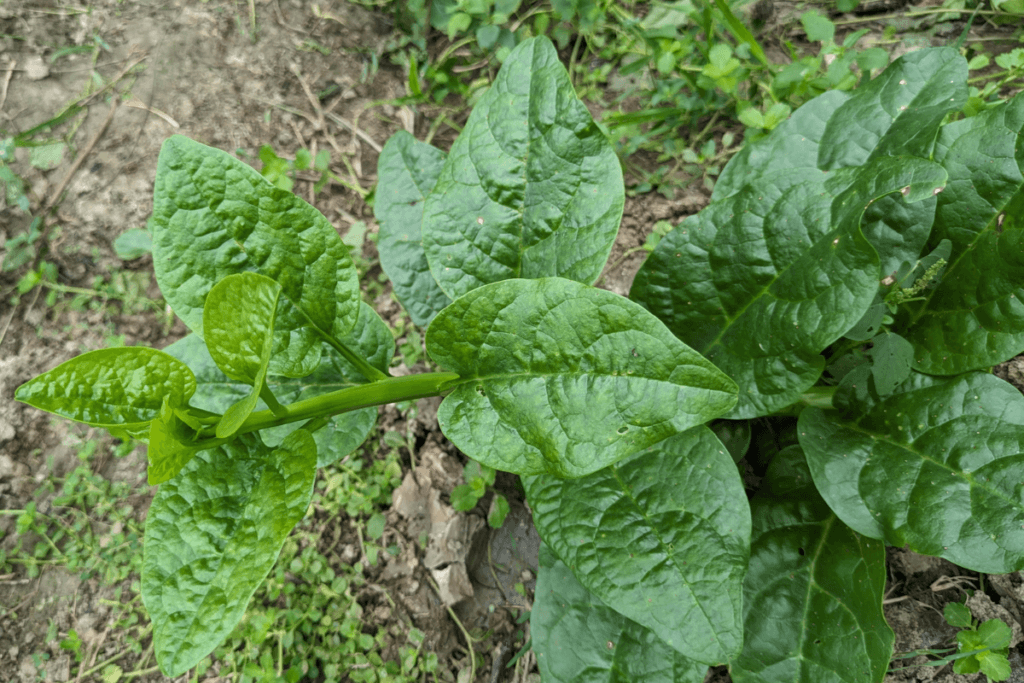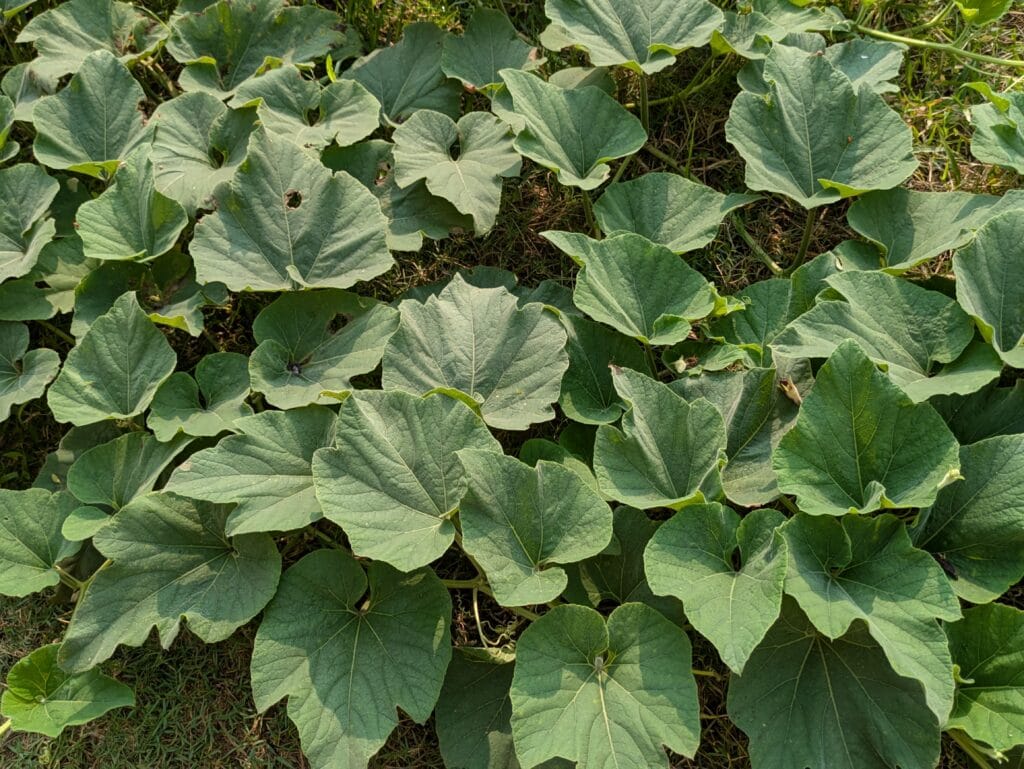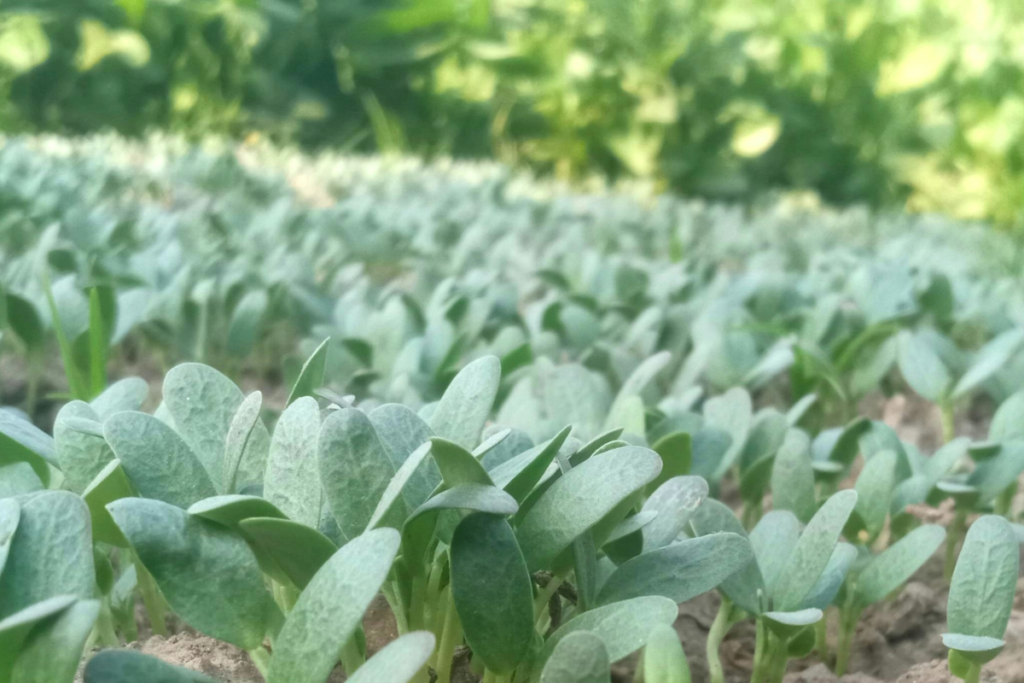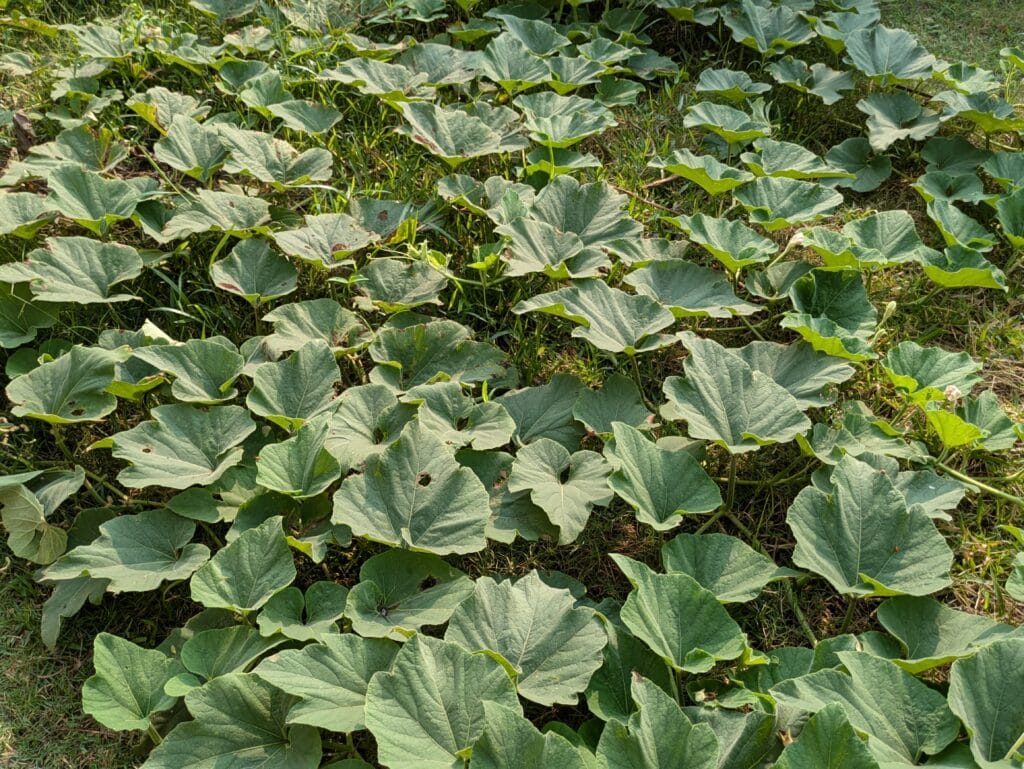Palak Saag
Palak Saag is a beloved dish in Indian cuisine, made primarily from spinach, a leafy green vegetable scientifically known as Spinacia oleracea. This dish is renowned for its mildly earthy flavor and is a versatile preparation that has found its way into countless households and restaurants. The spinach leaves are the star of the dish, often cooked with a mix of spices and vegetables to create a harmonious and flavorful meal.
To prepare Palak Saag, fresh spinach leaves are first washed thoroughly and blanched or cooked until tender. This process helps preserve their vibrant green color and softens the leaves for further cooking. The spinach is then sautéed with finely chopped onions, garlic, and ginger, which serve as the aromatic base. Traditional Indian spices such as cumin, turmeric, red chili powder, and garam masala are added to enhance the flavor profile. Many recipes incorporate a dollop of ghee or butter towards the end of cooking, adding a rich and creamy element to the dish.

Beyond its delicious taste, Palak Saag is a nutritional powerhouse. Spinach is rich in iron, vitamins A and C, folic acid, and antioxidants, making it an excellent choice for boosting immunity, improving digestion, and promoting healthy skin and hair. This dish is especially valued for its ability to combat iron deficiency, which is a common health concern among women and children.
Palak Saag is incredibly versatile and pairs well with various accompaniments. It is often served with roti, naan, or steamed rice. To make the dish more filling, paneer (Indian cottage cheese) or potatoes can be added, creating a wholesome and hearty meal that appeals to all age groups.
Helencha Saag
Helencha Saag, also known as Indian Pennywort, is a cherished leafy green vegetable in parts of India, particularly in Bengal and Odisha. Scientifically called Centella asiatica, this perennial herb thrives in tropical and subtropical climates. It is recognized for its small, round, dark green leaves and is celebrated not only for its culinary versatility but also for its extensive medicinal properties.
In the kitchen, Helencha Saag is typically prepared in simple yet flavorful ways. The leaves are cleaned and sautéed with mustard oil, garlic, and a few spices such as turmeric and red chili powder. This straightforward preparation allows the natural flavors of the leaves to shine through. In rural areas, Helencha Saag is often transformed into tangy chutneys or added to soups and dals for a nutritional boost.

Helencha Saag is loaded with nutrients, including iron, calcium, vitamins, and antioxidants, making it beneficial for overall health. It is particularly valued for its anti-inflammatory and healing properties, and in traditional medicine, it is used to treat wounds, improve digestion, and enhance mental clarity. Some believe that consuming Helencha Saag regularly can help detoxify the body and slow down the aging process.
Whether served as a curry, stir-fry, or chutney, Helencha Saag adds a wholesome element to any meal. Its medicinal and nutritional benefits make it a valuable addition to a balanced diet, appealing to those seeking both flavor and health.
Arbi Saag
Arbi Saag is a traditional Indian dish made from colocasia leaves, commonly referred to as taro leaves, and the root, known as arbi. This dish is a popular choice in many regions of India, including Bengal, Uttar Pradesh, and Madhya Pradesh. Known for its rich and earthy flavor, Arbi Saag is a comforting meal that often reminds people of home-cooked food.
The preparation of Arbi Saag involves using both the taro leaves and the root. The leaves are thoroughly washed, chopped, and cooked with a blend of spices like turmeric, cumin, red chili powder, and garam masala. Meanwhile, the taro root is boiled or steamed until tender and then mashed or cubed. The cooked leaves and root are combined and sautéed with onions, ginger, and garlic, often in mustard oil, which imparts a distinct aroma and flavor. Some recipes even include tamarind or yogurt for a tangy twist.
Arbi Saag is not only delicious but also highly nutritious. The colocasia plant is rich in fiber, vitamins A and C, potassium, and iron. These nutrients contribute to better digestion, stronger immunity, and improved heart health. Additionally, taro root is known for its anti-inflammatory properties and its ability to support bone health.
Typically enjoyed with roti or rice, Arbi Saag is a wholesome and satisfying meal. Its earthy flavor, coupled with the nutritional benefits, makes it a staple in many Indian households, particularly during the monsoon season.

Chaulai Ka Saag
Chaulai Ka Saag is a vibrant dish made from amaranth leaves, known locally as chaulai. This leafy green is a common sight in Indian markets, especially in regions like Uttarakhand, Himachal Pradesh, and Punjab. The dish is particularly popular during the colder months, when fresh greens are in abundance.
The preparation of Chaulai Ka Saag begins with washing and chopping the amaranth leaves. These are then cooked with spices such as turmeric, cumin, red chili powder, and garam masala. Onions, tomatoes, and garlic are sautéed in mustard oil or ghee to form a flavorful base. Some variations of the dish include potatoes or paneer, which add texture and make the meal more filling.
Chaulai leaves are incredibly nutritious, packed with iron, calcium, vitamins A and C, and antioxidants. They are especially beneficial for individuals suffering from iron deficiency or anemia. Regular consumption of chaulai can also promote healthy bones, improve digestion, and boost immunity.
Chaulai Ka Saag is a versatile dish that pairs well with roti, paratha, or rice. Its combination of bold flavors and nutritional benefits makes it a favorite among those looking to enjoy a healthy and hearty meal.
Bathua Ka Saag
Bathua Ka Saag is a winter delicacy in North India, made from bathua leaves, also known as chenopodium or pigweed. This green leafy vegetable grows abundantly in the wild and is also cultivated for its culinary and nutritional value. It is particularly popular in Punjab, Haryana, and Uttar Pradesh.
To prepare Bathua Ka Saag, the leaves are washed thoroughly, chopped, and cooked with a mix of spices, including turmeric, cumin, red chili powder, and garam masala. Onions, garlic, and ginger are sautéed in mustard oil or ghee, forming a flavorful base. Some variations include potatoes or lentils to enhance the dish’s texture and taste. A final tempering of asafoetida (hing) is often added for an extra burst of flavor.
Bathua leaves are packed with nutrients such as iron, calcium, vitamins A and C, and folate. These contribute to improved digestion, healthy skin, and stronger bones. Bathua Ka Saag is particularly beneficial for individuals dealing with iron deficiency or anemia.
This dish is usually served with roti, paratha, or steamed rice. Its hearty flavor and rich nutritional content make it an ideal choice for the winter season, offering warmth and nourishment in every bite.

Lingru
Lingru is a unique and traditional leafy green vegetable commonly found in the northeastern regions of India, especially in Nagaland and Assam. It is known for its slightly bitter taste and tender texture, making it a favorite among those who enjoy bold and distinctive flavors. Often referred to as Lingru Saag, this vegetable is part of the rich culinary heritage of the hilly and forested areas of the region.
The preparation of Lingru typically involves minimal spices to let its natural flavors shine. The leaves are washed thoroughly and sautéed with basic ingredients like garlic, onions, and green chilies. Some recipes include ginger, tomatoes, and spices like turmeric and cumin. Mustard oil is often used in cooking to add an authentic touch. In traditional Naga cuisine, Lingru is sometimes cooked with fish or pork, creating a hearty and savory dish that highlights the versatility of the ingredient.
Lingru is highly nutritious, containing iron, calcium, vitamins A and C, and antioxidants. These nutrients support digestion, boost immunity, and promote bone health. The vegetable is also known for its anti-inflammatory properties, making it a valuable addition to a balanced diet.
Lingru is typically enjoyed with steamed rice or roti. Its unique taste and health benefits make it a cherished ingredient in northeastern Indian cuisine, particularly during the colder months when it is in season.







